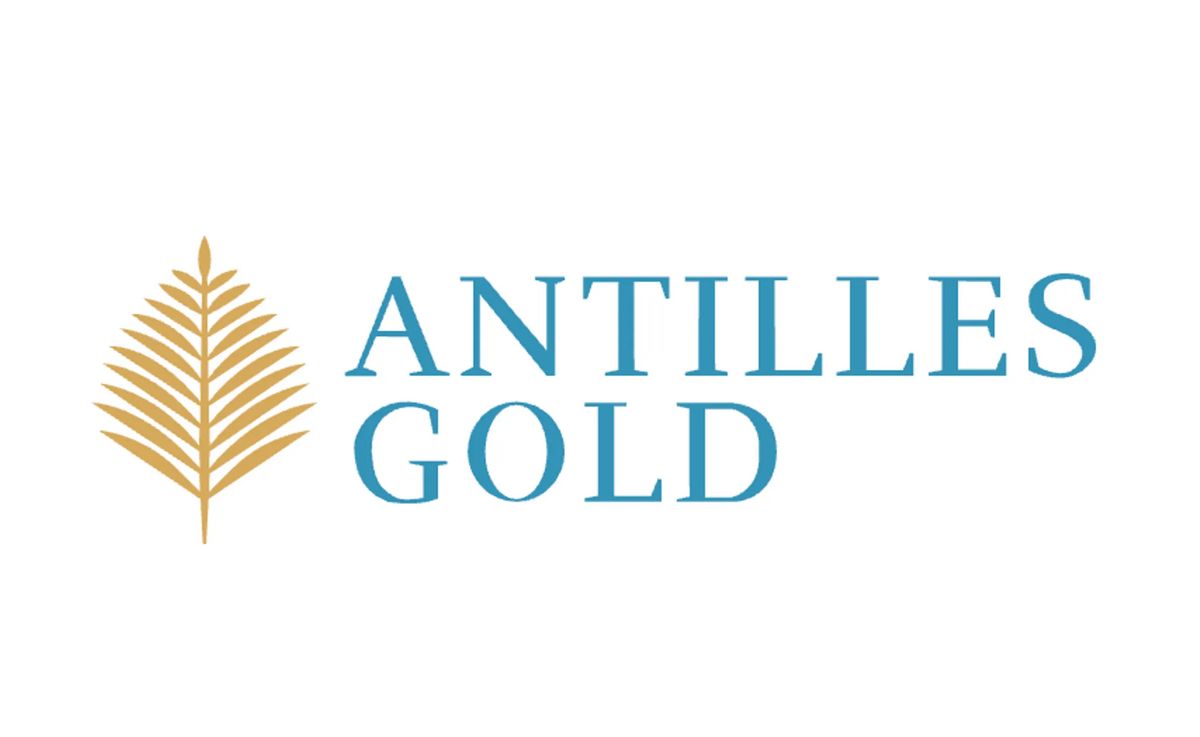Antilles Gold Limited (“Antilles Gold” or the “Company”) (ASX: AAU, OTCQB: ANTMF) advises that a 2,000m in-fill drilling program has commenced on the Nueva Sabana gold- copper deposit in central Cuba.
- The drilling is being conducted by the 50:50 Cuban joint venture company, Minera La Victoria, at locations nominated by its geological consultants, and is aimed at increasing the level of Indicated Resources in a revised Mineral Resource Estimate (“MRE”).
- In addition to revising the MRE, Minera La Victoria will soon thereafter upgrade the recently completed Scoping Study for the first stage of the proposed Nueva Sabana mine to a Prefeasibility Study.
- Nueva Sabana will be a relatively small copper mine with gold credits but based on results from a total of 36,000m of historic and recent drilling into the oxide zone, and 3500m into the underlying El Pilar copper porphyry intrusive which is offset to the south of Nueva Sabana, the oxide zone could transition into the sulphides below and result in the operations of the small starter mine to be significantly expanded in the future.
- Extensive metallurgical test work undertaken by Blue Coast Research in Canada has indicated that a high-grade gold concentrate (~71g/t Au) will be produced from the outcropping gold cap followed by a clean copper-gold concentrate (~27.4% Cu, and ~25g/t Au) (advised to ASX on 7 May 2024 in Scoping Study results).
- The first stage of the mine is planned at a mining rate of 500,000tpa of ore to a depth of only 100m due to current limitations of geological data but a drilling program by the joint venture funded by potential mine cash flows, and deeper operations, could result in an extension to the first stage mine life of 4 years, and the project profitability.
- In the Initial MRE for Nueva Sabana advised to ASX on 6 March 2024, approximately 35 million lbs of copper are recorded in the Inferred Resources category at a grade of 0.8% Cu per tonne, the majority of which is in the 50m below the proposed mining depth. (refer MRE advised to ASX on 6 March 2024)
- This ore presents an obvious target for future drilling programs, particularly because of the copper mineralisation being open at depth, and the proximity of the El Pilar porphyry copper deposit.
- In any event, the Nueva Sabana project is important to Antilles Gold as its near-term development would limit capital contributions to the joint venture in the foreseeable future, other than the ~US$1.5 million still to be subscribed by the Company for its 50% share of the joint venture’s founding capital of US$30 million.
- The joint venture has received several acceptable offers to enter into off-take agreements for the Nueva Sabana concentrates for up to 8 years, with two international trading companies undertaking investigations as to whether they will provide funding for the Nueva Sabana mine through advances on concentrate purchases.
- The production of the revised MRE and associated mine plan to confirm the first stage mine life will be necessary before a Term Sheet for financing would be provided.
Antilles Gold’s strategy is to participate in the successive development of previously explored gold, silver, antimony and copper deposits in mineral rich Cuba.
- The Company is at the forefront of the emerging mining sector in Cuba and expects to be involved in the development of several projects through its joint venture with the Cuban Government’s mining company, GeoMinera SA.
- The first project expected to be developed by the 50:50 joint venture company, Minera La Victoria SA, is the proposed Nueva Sabana mine based on a gold-copper oxide deposit which overlays the large El Pilar copper-gold porphyry system in central Cuba.
- The second project is expected to be the development of the La Demajagua open pit mine on the Isle of Youth in south-west Cuba to produce gold-arsenopyrite, and gold- silver-antimony concentrates. It is planned to process the high arsenic concentrate at a plant incorporating a two-stage fluidised-bed roaster, CIL circuit, and an antimony recovery circuit to produce gold doré, and maximise antimony production as it is an in- demand strategic metal.
- The joint venture partners intend to invest part of the expected surplus cash flow from the Nueva Sabana mine to fund exploration of major copper targets, including the El Pilar copper-gold porphyry system, and two highly prospective properties within the Sierra Maestra copper belt in south east Cuba.
- Antilles Gold is comfortable operating under the applicable law on Foreign Investment in Cuba, and the realistic Mining and Environmental regulations, and has been granted a generous fiscal regime by the Government which is supportive of its objectives.
- The existing joint venture agreement includes the requirement for all funds to be held in a foreign Bank account with the only transfers to Cuba being for local expenses, which will obviate Country credit risk for foreign lenders and suppliers.
This article includes content from Antilles Gold, licensed for the purpose of publishing on Investing News Australia. This article does not constitute financial product advice. It is your responsibility to perform proper due diligence before acting upon any information provided here. Please refer to our full disclaimer here.

